What You Need to Know About Air Purifiers
Primal Edge Health participates in the Amazon Services LLC Associates Program and other affiliate programs and therefore, may collect a share of sales or other compensation from the links on this page. This comes at no additional cost to you, and all the prices and availability are accurate at the time of publishing.
Air purifiers may be your saving grace against dust, allergens, bacteria and other indoor pollutants. Not sure if it’s a worthy investment? Keep reading to learn how an air purifier can benefit your home and health.
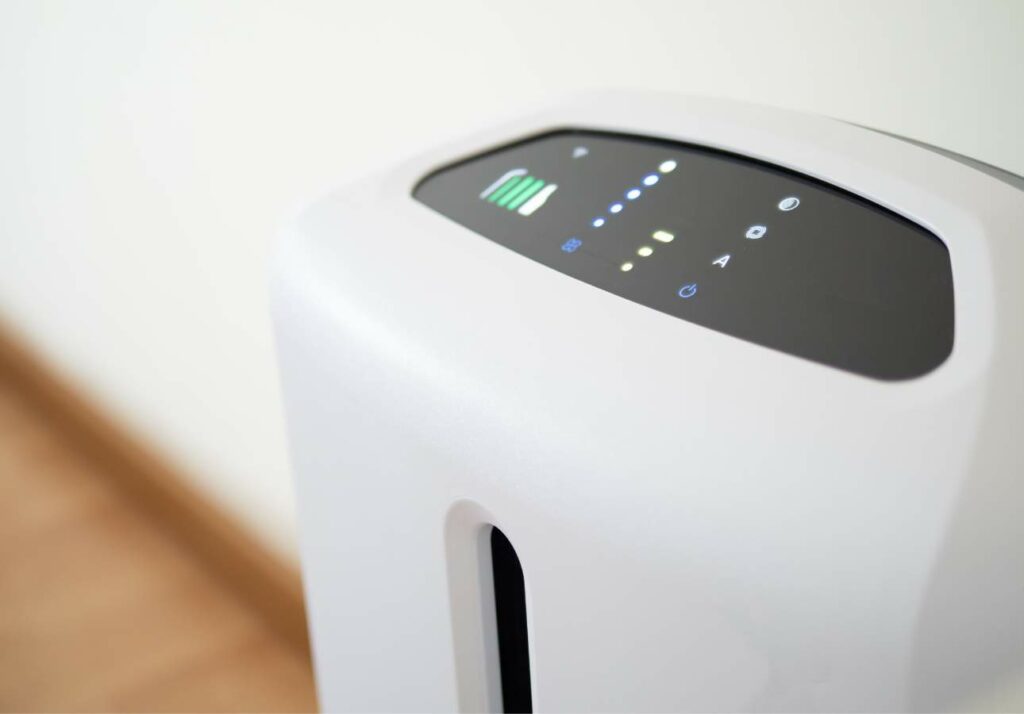
One of the struggles of living in a tropical country is that I have to keep my windows open for good air circulation. However, along with fresh air comes dust, allergens and other impurities from the outdoors. Luckily, I found an easy solution.
Air purifiers offer a simple solution to reducing or eliminating odors and pollutants indoors. Learn how they work, how to choose the best model for your home and the maintenance practices that will keep your machine running smoothly.
Table of Contents (click to view)
Understanding air purifiers
Air purifiers pull in your room’s air and run it through filters that catch and trap pollutants such as dust mites, smoke and pollen. It also helps remove pet dander, a consideration with many dogs, including the American Eskimo breed. These pollutants can negatively impact your health and comfort.
The heart of an air purifier is its filter system. The most common type is HEPA, which stands for high-efficiency particulate air. According to the EPA, a HEPA filter is a dense mat that captures pollen and dust mites with particles as small as 0.3 microns, smaller than the width of a human hair. By removing these particles from air circulation, air purifiers help create a cleaner, fresher breathing space.
How air purifiers work
UMass Amherst gives us a good idea of how these devices work. Air purifiers pull in dirty air, trap dust, pollen and smoke — and send out clean air with a fan. They work almost as a high-tech sieve; they catch what you don’t want to breathe.
In addition to the HEPA filter, activated carbon filters tackle chemicals and odors such as cooking odors, candle emissions, pet odors and even the scent of dirty sneakers while the fan circulates air. Together, these features help cleanse the air.
Air purifiers can also help your family avoid winter illnesses, such as the flu, especially because most people stay indoors when it’s cold outside and are therefore more exposed to indoor viruses. HEPA filters can get rid of most viruses and bacteria that lead to these illnesses.
However, air purifiers may not be able to suck up large particles like dust allergens and animal dander that have already settled on surfaces. If you want to remove these particles from your home, you will need to disturb and re-suspend them in the air so the air purifier can filter them.
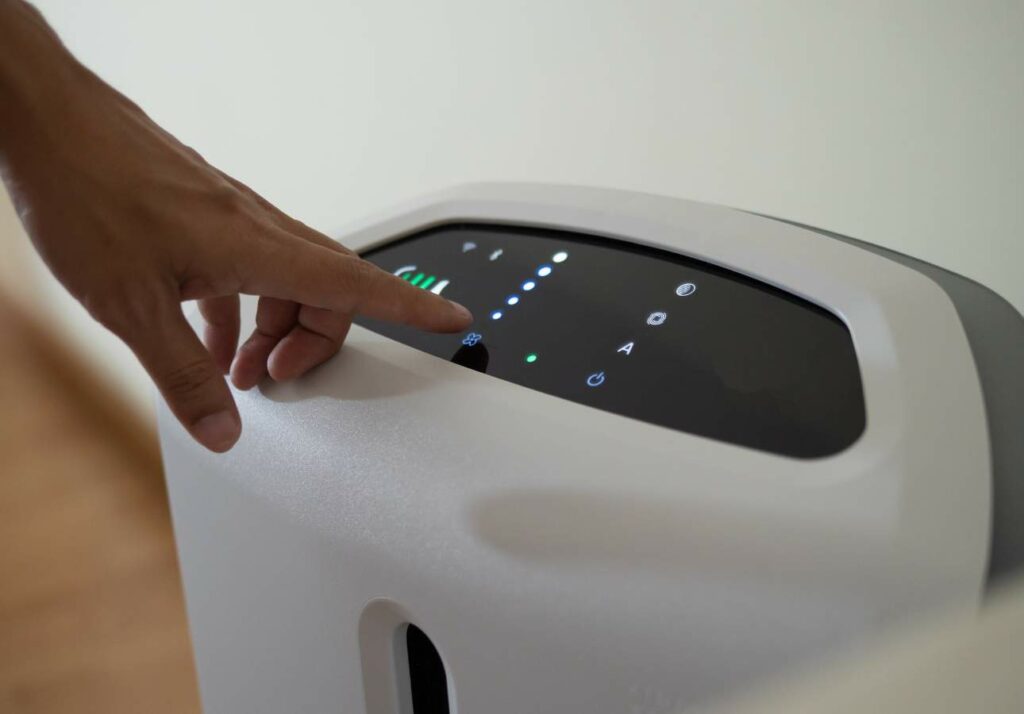
Air purifiers for dust management
Another benefit of air purifiers is their ability to manage dust. Air filters tirelessly remove tiny dust particles that can sneak into every nook and cranny. For anyone living in the suburbs or city, where construction, traffic and daily hustle contribute to indoor dust levels, an effective air purifier may help.
Carbon filters for volatile organic compounds
UMass Amherst defines volatile organic compounds (VOCs) as compounds that have a low water solubility and high vapor pressure. According to the EPA, VOCs can cause respiratory problems in humans once inhaled, such as irritation, headaches, nausea, and more. Some VOCs are also suspected to be carcinogens.
HEPA filters cannot remove VOCs or gases from the air, but carbon filters can. These filters may be effective at removing harmful gases from paint, lacquers, furnishings, and cleaning materials. So, if you want to minimize VOCs in your home, opt for safer cleaning supplies like non-toxic laundry detergent and non-toxic cookware.
Important features in air purifiers
Some air purifier models offer features like low noise operation and energy efficiency. They come in different sizes, colors and shapes to match a variety of decors. Some models even include indicator lights to signal poor, fair or good air quality.
Choose a quiet air purifier with a lower decibel level if you plan to place it in rooms where people gather or sleep. I have a quiet model next to my standing desk so it doesn’t disturb me while I work. Plus, you may opt for a model with an auto option that uses sensors to adjust the filtering rate.
Take into account energy efficiency, too. The Energy Star rating indicates energy efficiency and can help you estimate the machine’s energy usage. This is particularly important if you live off the grid and depend on solar or wind energy.
Finally, think about convenience features such as smart sensors or remote controls for easy adjustments from across the room. For example, Medify’s M-40 air purifier combines these practical considerations with a sleek design.
“As someone with asthma triggered by allergens, I’ve long had air purifiers in my home to help with cleaning the air to health ease my symptoms. After becoming a mom, I was surprised to learn that air purifiers are also an excellent way to help keep your kids healthier. This can help keep your children healthier as they age and begin to take in more air as they breathe.”
— Siobhán Alvarez-Borland, Birth and Postpartum
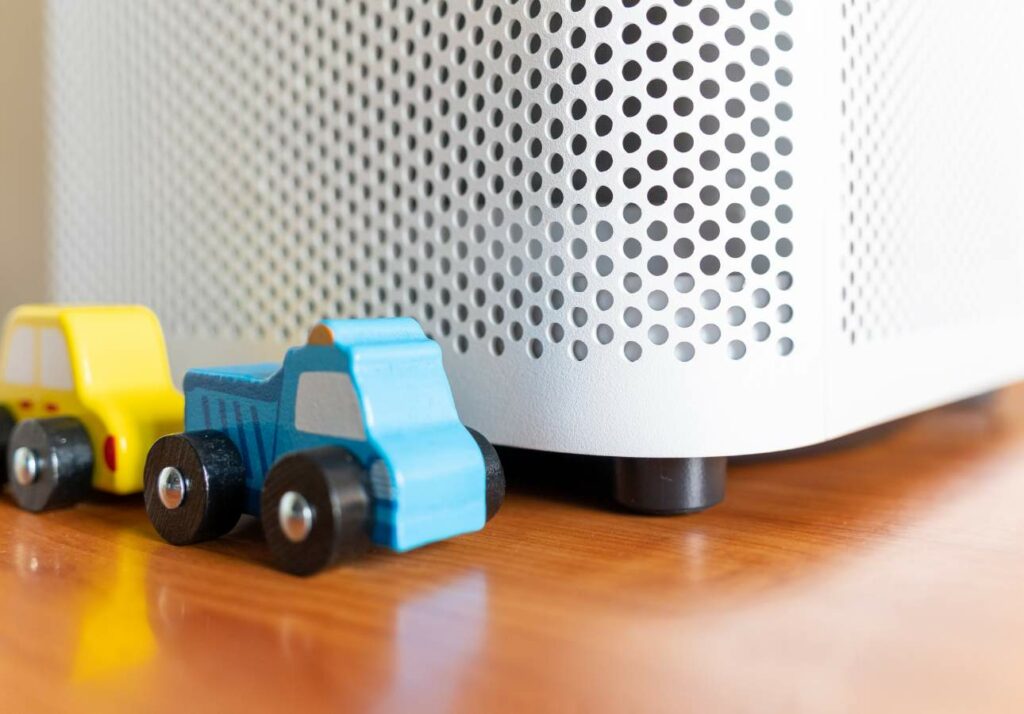
Combatting smoke with air purifiers
While a wood-burning fireplace, or even a new or antique wood stove adds charm to a living space, it may also add a smoky smell to a home. An air purifier can help with the smell, fine dust and ash particles that escape from the stove or fireplace. It pulls in smoky air and traps fine particles using a HEPA filter and an activated carbon layer before sending out clean air.
A Canadian friend of mine, Sarita of An Off Grid Life, heats her home with a large wood stove and keeps the Medify M-40 air purifier operating approximately 16 feet away on the opposite side. Within a week of adding the air purifier, she noticed a reduction in the smell of wood smoke in her home. Even better, she told me, the purifier runs quietly and doesn’t disturb family board game nights at the table right next to it.
Even homeowners without wood stoves or fireplaces may experience smoke in today’s changing weather environment. Massive wildfires now generate far-reaching smoke and pollutants that can infiltrate city and suburban homes. Air purifiers may help remove the wildfire smoke and contaminants from your home.
Air purifiers for large rooms
When selecting an air purifier for a room, size does matter. Larger rooms need an air purifier with enough power to clean the room’s air effectively.
Look for information on the square footage coverage of the model. Make sure it matches or exceeds your room’s dimensions.
Also, review the air change per hour or ACH rate. The ACH rate tells you how often the purifier can exchange all the air in a given space within one hour.
For larger rooms, aim high. An ACH rate of 4 means the air refreshes every 15 minutes. And don’t forget energy efficiency; bigger spaces mean longer run times and higher potential costs.
Air purifier maintenance
Keep your air purifier in top shape to maximize its efficiency and longevity. A well-maintained device works better, lasts longer and is more efficient.
Check the filters regularly. Replace HEPA filters according to the manufacturer’s schedule — usually every six months. However, double-check this if you have pets or allergies because they might make your filter work harder. If you’re using carbon filters, make sure you store unused ones in a sealed container until you install them. They can passively absorb VOCs from the air otherwise.
Clean the exterior vents and controls regularly to prevent dust from getting inside the unit, too. Just use a damp cloth, and avoid harsh chemicals that could damage sensitive parts. Or add this easy task to your children’s weekly chore charts.
It’s also a good idea to address potential issues before they get bigger. Call a maintenance professional to your home if you notice the following:
- A loud fan: This could mean that the fan is working harder than it should and may need replacing.
- No sounds: On the other hand, a lack of noise from your air purifier may be a sign that it’s not purifying the air at all, perhaps due to a clogged filter. The same applies if it’s not blowing out any air while turned on.
- Poor air quality: Use an indoor air quality meter to test your overall air quality. If you notice any significant changes, there may be something wrong with your device.
Freshen your home with an air purifier
Air purifiers can help freshen the air in your home and filter out unwanted dust, smoke, pet odors and even cooking odors. Consider your lifestyle, desired features and room size before investing in one for your home. And remember that regular filter changes and simple maintenance can extend the life of your purifier.
Portions of this article originally appeared on Food Drink Life.


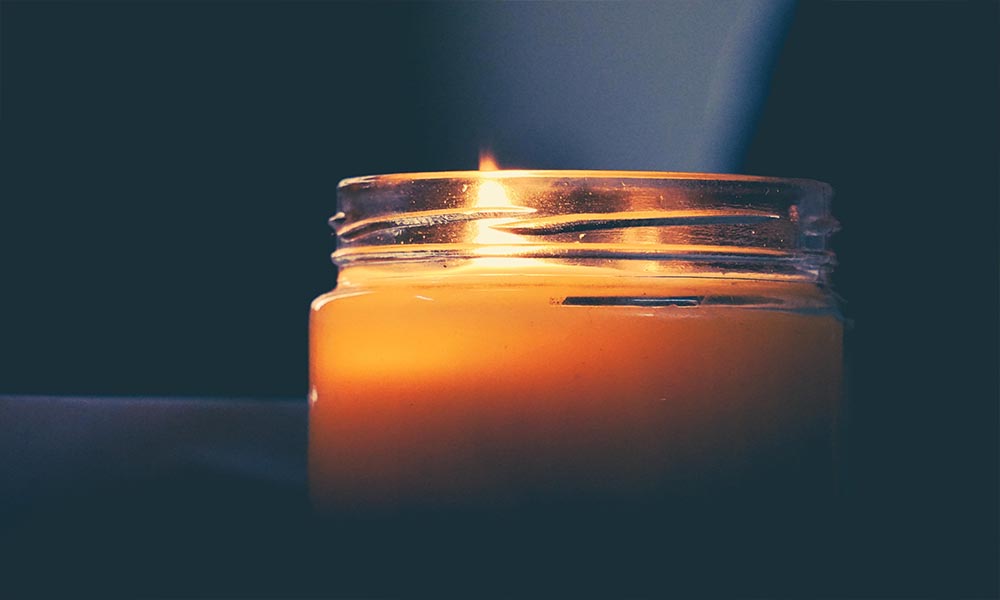
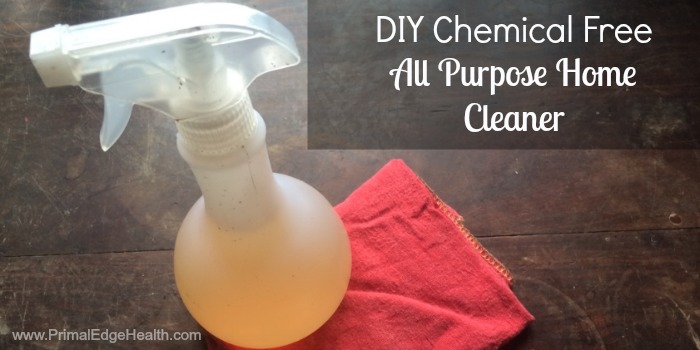
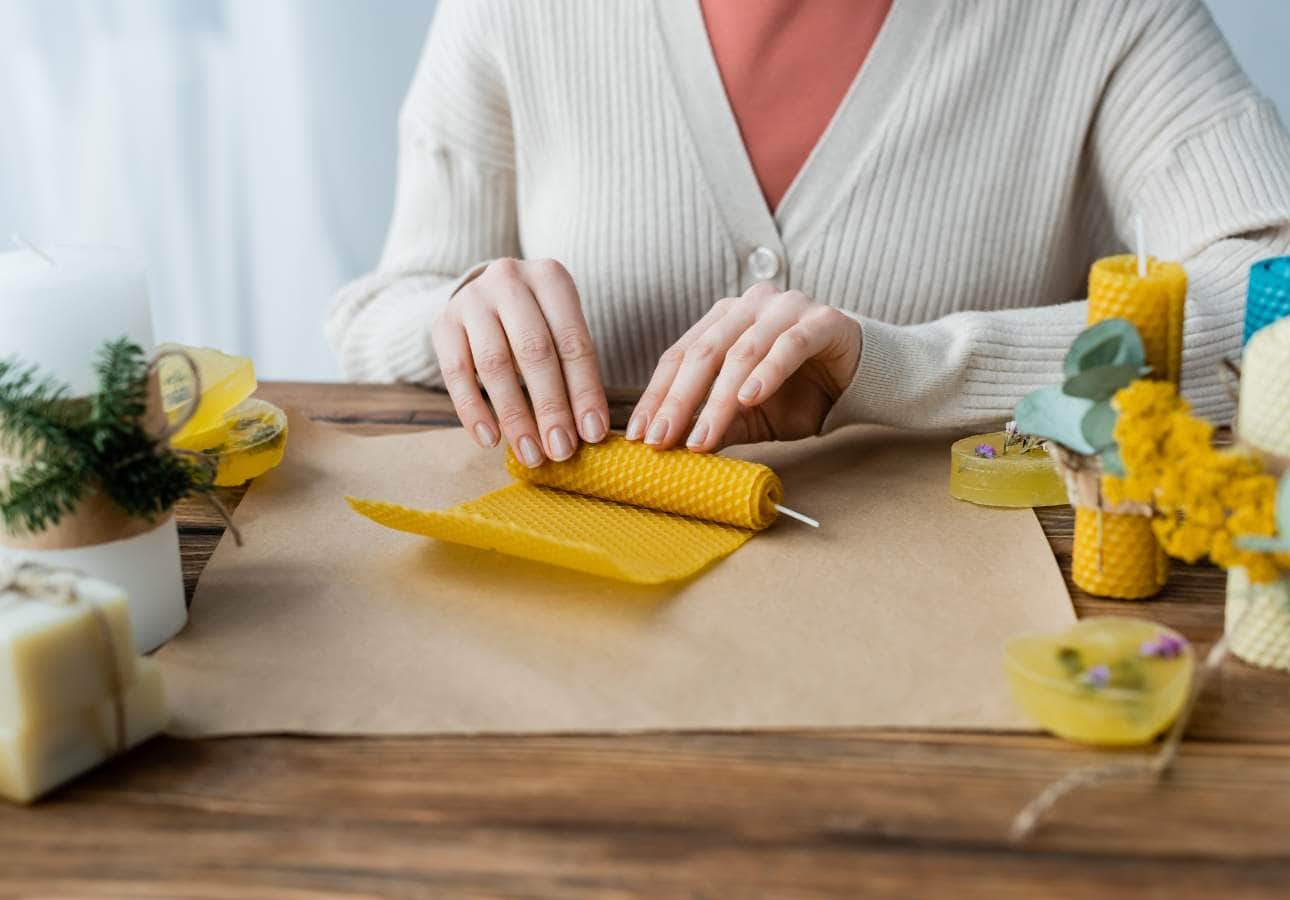
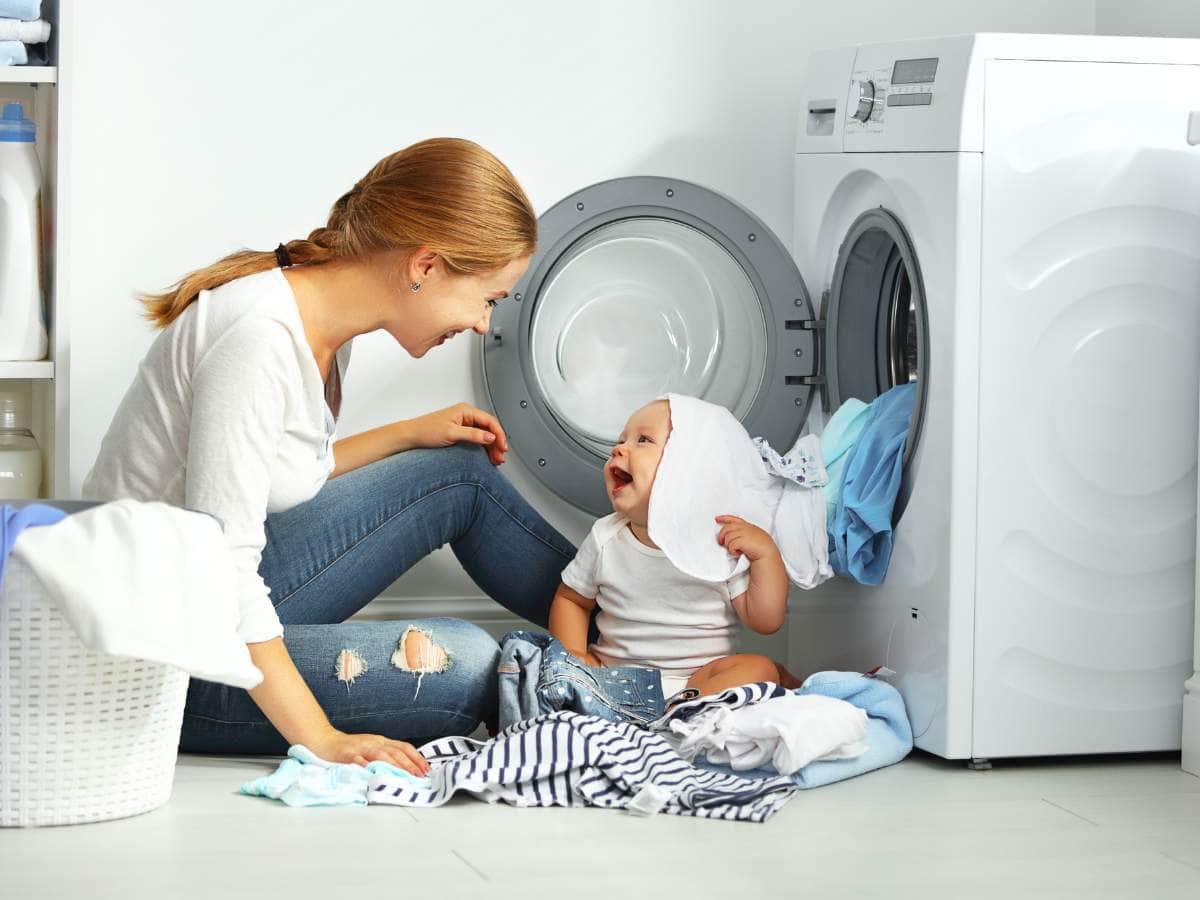
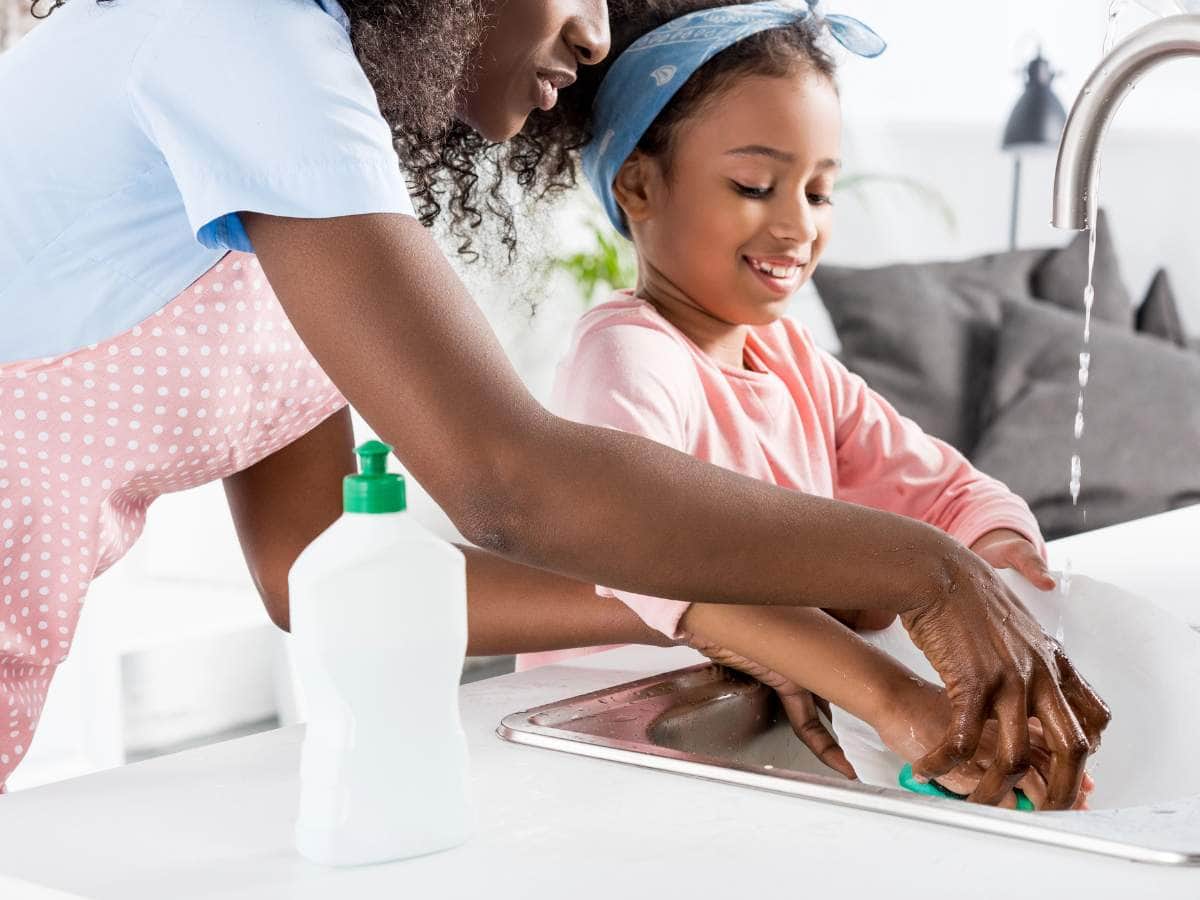

I live in an apartment very close to a busy street and I always worry about what kinds of toxic stuff is coming in from outside when I leave my windows open. I never really gave much thought to the VOCs that I’m bringing into my home through scented products. Time to take a look at that!
I feel you, Mel. There are lots of safer options to choose from. I hope you find one that works best for you.